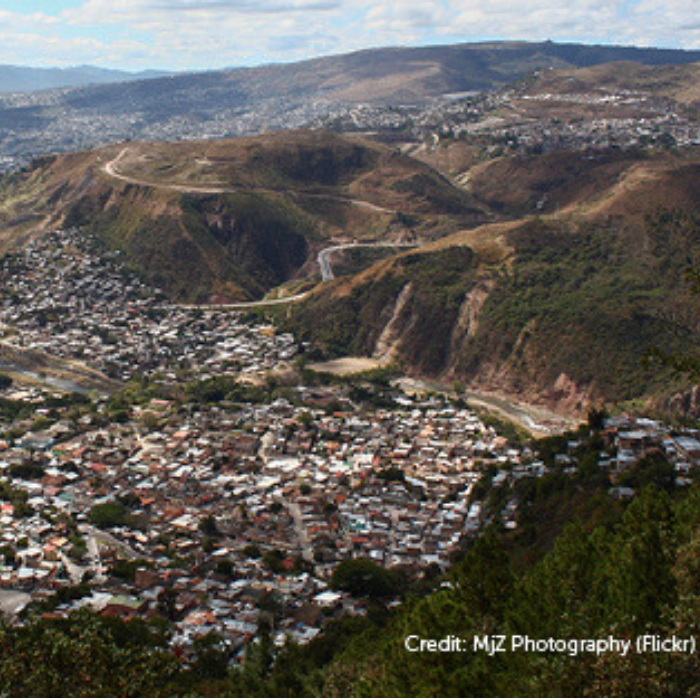Honduras’ migration within and beyond their country’s borders has traditionally been associated with economic factors. More recently, however, crime and violence have increasingly been recognised as a cause of population movements. But until five years ago there was little or no information available on the scale and dynamics of the phenomenon.
That started to change in 2013, when the Honduran government established the Inter-institutional Commission for the Protection of Populations Displaced by Violence, known by its Spanish acronym CIPPDV, which launched a profiling exercise on internal displacement in the country with support from UNHCR and JIPS.
The 2014-2015 exercise identified the magnitude and trends of the phenomenon in 20 municipalities, specific groups at risk and their protection needs. The information from this exercise has been instrumental to CIPPDV’s work since 2015 in developing a national legal framework to prevent, reduce and respond to internal displacement and inform durable solutions at the national and local level.
CIPPDV approached JIPS and UNHCR again in 2017 for support to update the 2014 profiling exercise and extend its analysis nationwide. This second process also includes a new focus on drivers and risks of displacement, as well as affected people’s future intentions and needs for solutions, in order to inform programs seeking to prevent displacement in the future.
